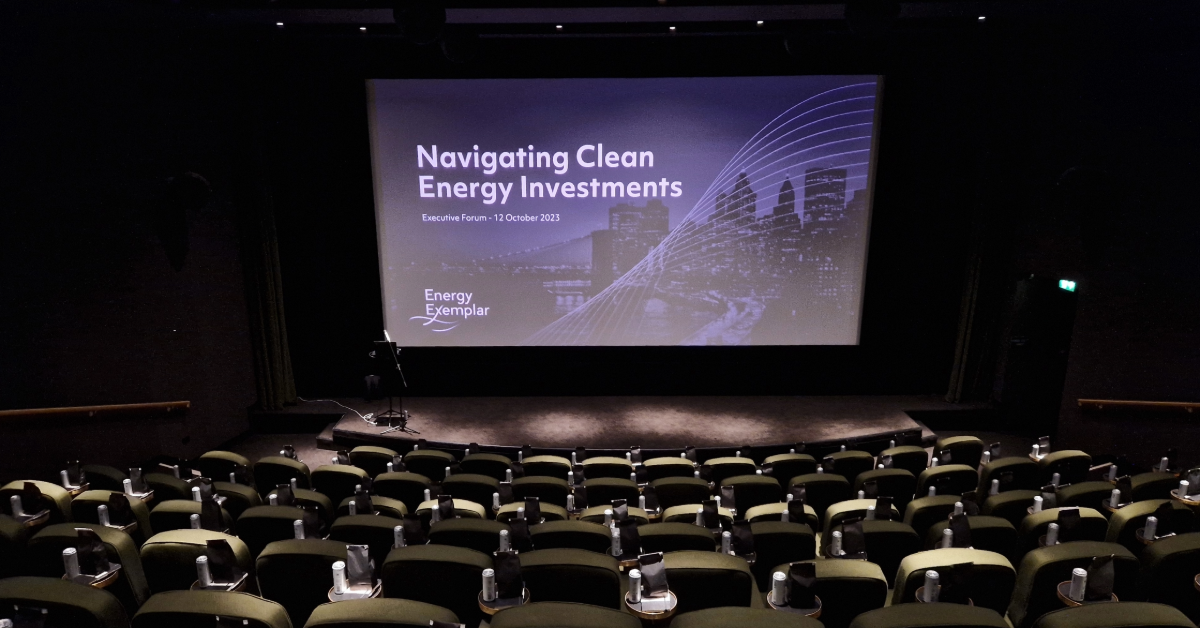Energy Council of South Africa to Accelerate Energy Transition by Tackling Skills Gap with Energy Exemplar
Energy Exemplar to support South Africa's Energy Transition through providing the Energy Council of South Africa with access to advanced modelling...
 Team Energy Exemplar
Team Energy Exemplar



